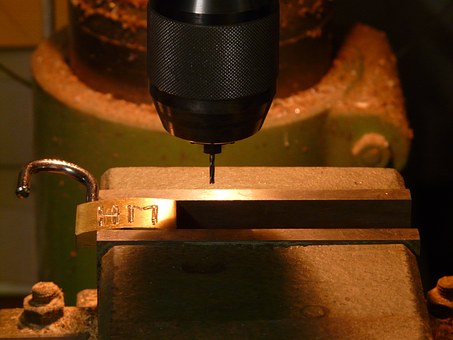MILLING
The milling is a machining process that allows modelling and trimming of metal, wood, plastic, and composites, etc. The milling machines have different parts like table, spindle, over arm, knee, column and base, power feed machine, and Arbor support.




